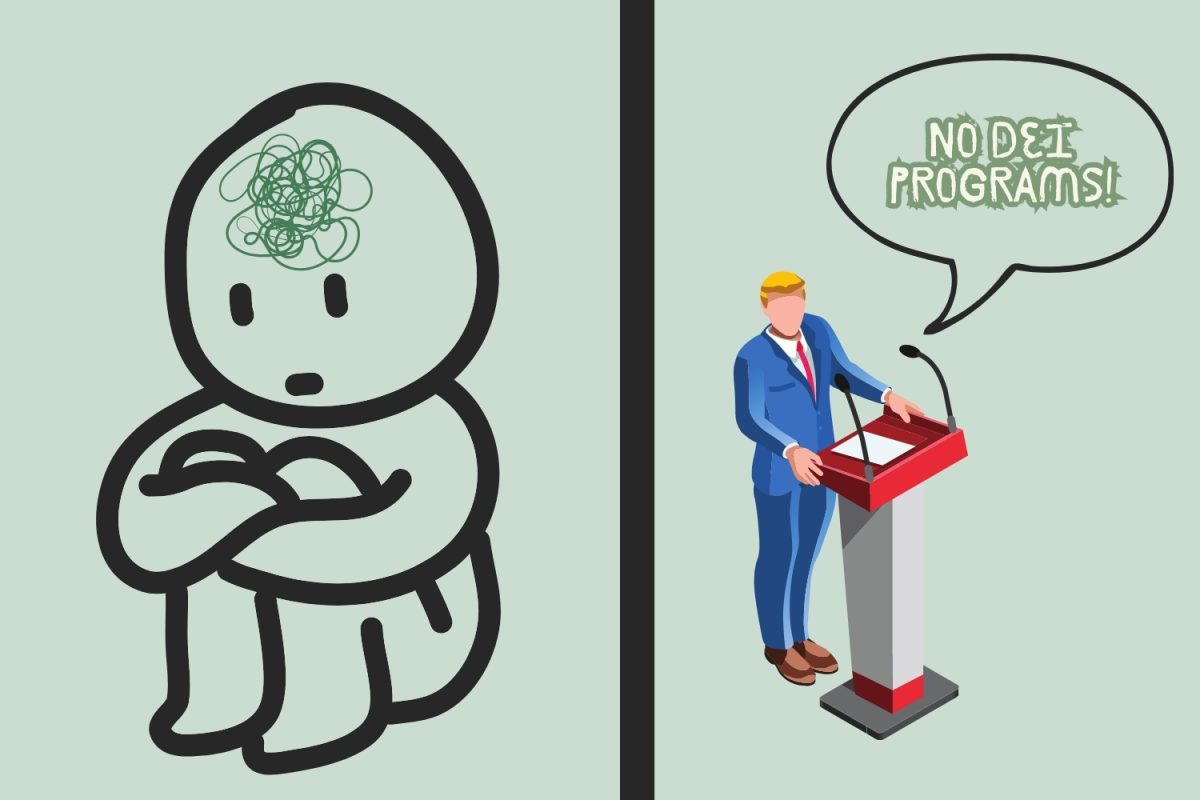City College has moved most of its courses to a remote format. Classes being online allows students to choose whether they want to take a synchronous or asynchronous course.
Synchronous classes allow live interactions between teacher and students. Asynchronous lets students work at their own pace on their own time.
With new semester sign-ups just around the corner the decision between the two is once again upon us. That’s why this week The Channels debates which is better, synchronous or asynchronous classes?
 Adam McDonald, Staff Writer
Adam McDonald, Staff Writer
As dinner time has come and gone and yawns come more frequently, working at my own pace has left a few hours before the deadline for the week’s assignments. Another Sunday night, 11:59 creeping closer and closer.
There is no sense of urgency to complete my assignments in an asynchronous setting. I can always do them later. Until my fear of running out of time compels me to finally start.
Synchronous classes are the best replacement for in-person learning. They break up the day and set a designated time for academics. Classmates can get to know each other just after a few Zoom meetings which often include active discussions and foster participation, unlike in an asynchronous course.
On those days without real-time learning I’d waste hours staring at my Canvas dashboard overwhelmed with what class to start first. I am constantly tempted to scroll through my phone and to watch the clock instead of reading or studying when working at my own pace.
Along with the impediments on learning the pandemic caused, students also paid a psychological price for remote education.
A survey done by the Student Experience in the Research University (SERU) Consortium showed evidence that the COVID-19 pandemic cost many college students their mental well-being.
The survey said rates of major depressive and generalized anxiety disorders among college students in 2020 is almost double that of 2019.
According to the survey, “The results of our study suggest that undergraduate, graduate, and professional students are experiencing significant mental health challenges during the COVID-19 pandemic.”
Although some discussion board assignments in asynchronous classes provide beneficial interactions among students, they can only do so much. In a live Zoom, everyone can solve problems, offer critiques, and ask questions.
Synchronous classes may not give the full experience of sitting at a desk next to a friend and listening to a lecture. But it’s two minutes to midnight and I can sleep knowing I already did my homework.
 Cole Federbusch, Staff Writer
Cole Federbusch, Staff Writer
When learning went online last year, I realized synchronous classes actually hindered my success. I often wasted the two-hour lectures by either not paying attention or working on homework for other classes. After attending these synchronous classes and working at my job, I was often too tired to adequately study.
For students who like to have control of their education and schedule, asynchronous classes are the superior form of distanced learning.
Asynchronous courses allow me to get the most out of my time working on school work. I am able to master the curriculum faster while enjoying the freedom of learning from anywhere.
The hours spent studying by myself have proven to be far more beneficial. I find more value in my learning without the time constraints of a lecture or the limitations of a teacher’s lesson plan.
According to Gradelearningpower.com, self-study encourages students to actively engage in their own learning which boosts their curiosity and self-esteem. When students are excited about their education they can retain information better.
Asynchronous courses are also a great way to complete any general education credits you need but aren’t as interested in. While taking my general education classes I rarely utilized the time allotted for class because I was unmotivated and would waste it. If I’m just taking the course for credits, working at my own pace is more than adequate.
Asynchronous classes are essential to the overall success of students in the workforce. The Georgetown report found that 70 percent of full-time college students are working. Asynchronous learning allows people with tricky schedules to get an education. Without this opportunity, students would have to make the choice of working less or taking classes at inopportune times.
Another important aspect of learning is happiness and comfort. The free time that asynchronous classes create allows students to attain a clear mind space where ideas and creativity can be maximized. According to Psychologytoday.com, breaks restore motivation and increase productivity. What can beat receiving a degree while on vacation in a different country?
Education doesn’t have to be strict or regimented it just needs to work for the student.
Asynchronous learning isn’t just a great way to flexibly complete credits, it’s a great way to learn and further your education.








